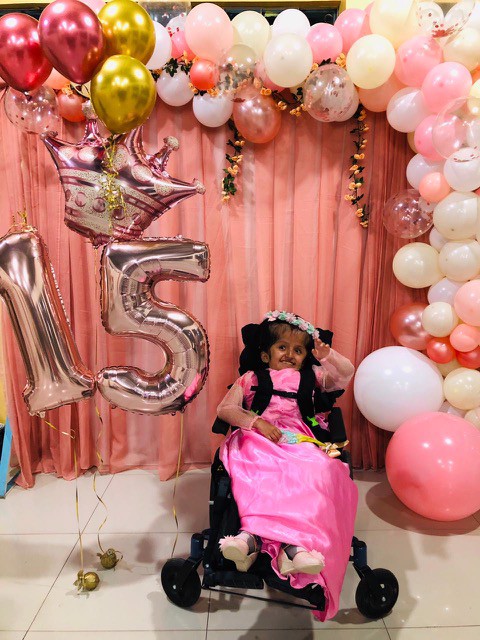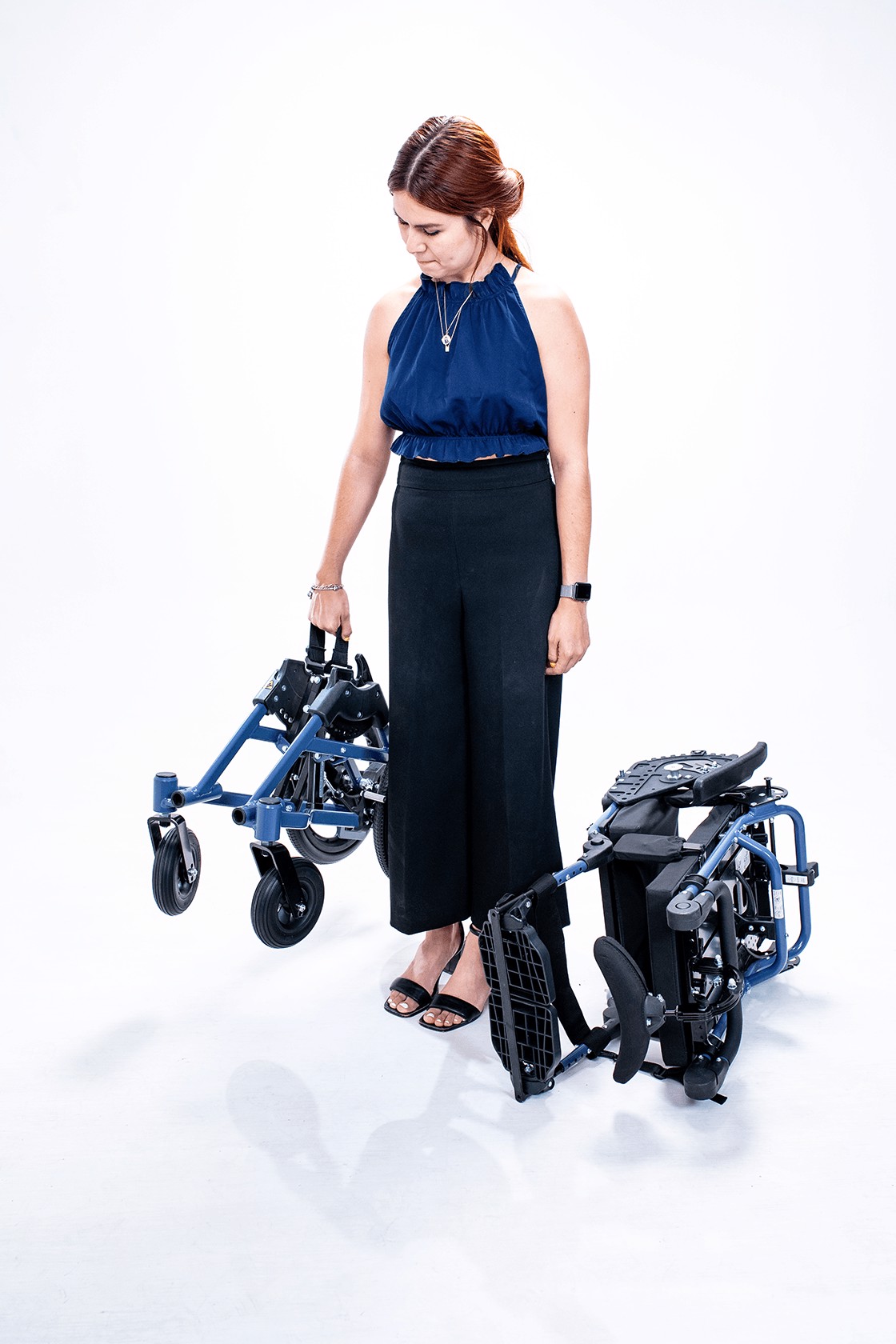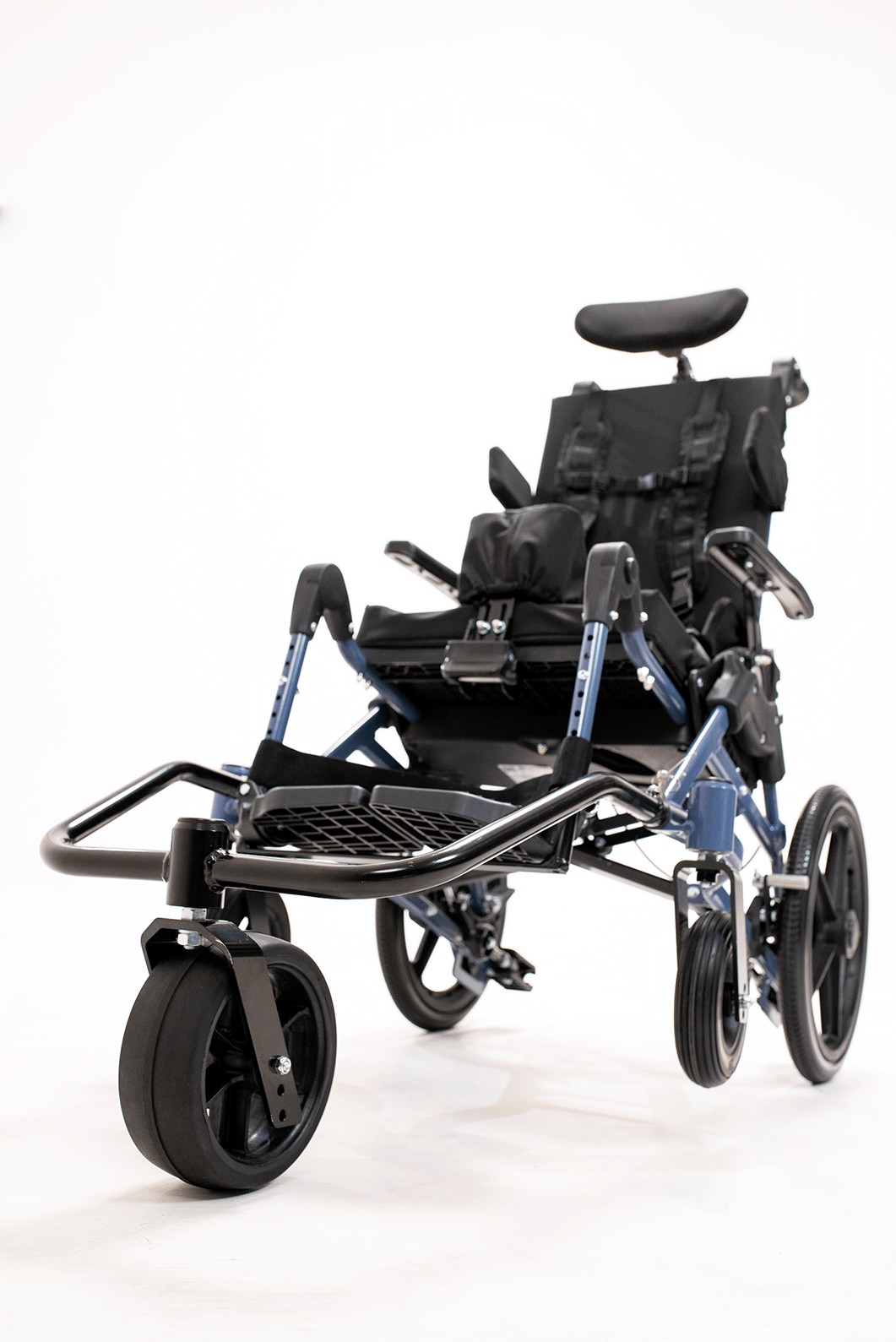The Global Community Created this Wheelchair
- hannah
- Jul 25, 2023
- 4 min read
Participant Assistive Products
On a hot Tuesday in Yogyakarta, Indonesia, Keoke visited a young girl who used a postural support wheelchair. Previously, he had observed her at school where the chair functioned pretty well. The other kids were comfortable with her and helped push her around in the classroom and on the playground. The school was a short walk from her home. Needless to say, school is immeasurably valuable for socialization and intellectual development. Everyone was pleased.
Unfortunately, the young girl was at home, not at school. She had dropped out for several reasons: teasing related to her need to wear diapers (which she didn’t have), and the difficulty of transport. The school was several kilometers away, but because the chair did not fold, even this short car trip was impossible. The news was crushing.
The story shows some challenges. Folding chairs are more expensive but, in her case, the lower cost, which allows more children to be served with limited budgets, did not achieve important goals. The product development process had included ‘design with’ and ‘co-creation’ principles, but the initial user satisfaction did not last when the situation changed.
Keoke was a designer on that chair and he saw a need for a new product development project that tackled several unsolved problems. The updated requirements were: 1) postural support including advanced features like dynamic tilt, 2) ease of use including transportability and flexible use in a variety of environments, ages, and abilities (rear wheel with push rim or small rear wheel), 3) low cost: an low initial cost, low labor cost with faster provision time, and expandability so the same chair could expand as a child grows, 4) overall weight, finish, and function meets expectations of users in the USA, allowing cross-subsidy and tiered pricing, and 5) a development process that included co-creation but also pulled in experts who could inform us about predictable problems like various transport requirements.
To foster co-creation, we posted the product requirements on Facebook and asked the community for feedback. Then, we refined our needs assessment and updated the requirements. To make the concept clear, we developed 3D drawings and sketches and shared again with the global community on social media. Facebook groups were a big help and we scheduled many one on one interview calls with individuals who had unique or well developed opinions.
As we developed the concept, weaving in all the postural support and mobility features, we accidentally created a new category of wheelchair. We learned later that commercial design teams typically aim for established categories, which are reinforced by insurance systems. Our design has transportability like the “stroller” category, support and tilt like the “tilt in space” category, and allows for all terrain use as in the “adaptive jog stroller” category. And, the design is convertible with small or large rear wheels and handrims for kids who can self propel.
Real feedback required a working prototype. We took the next step and tested the first prototype in Mexico with three children. Our Chief Clinical Officer, Dave Calver did the fitting process for these children and made extensive notes for changes.
We traveled with a prototype to several events, including the International Seating Symposium and a World Health Organization event in Geneva.
Traveling was expensive but important for the design process and it allowed us to include a diverse group of users, therapists, and customers, who commented on the acceptable price, packaging, and other critical details.
From the feedback gotten up to this stage, we updated the prototype and traveled to two locations in Northern Europe, Kuwait, Turkey, Switzerland, and the United Arab Emirates. In Europe, the elevators are narrow and the wheelchairs need to fit inside. The stroller format was more acceptable in many places. Steep hills in Colombia reminded us of safety issues. And, the UAE needed wheelchairs that are fast to pack into vehicles because of the very hot weather. The visits and zoom interviews provided data for design updates.
Dave took three prototypes to Columbia for further field tests that focused on clinical aspects of the chair and usability. These prototypes were functionally as good as mass production models that are currently on the market. So, we were comfortable to allow the users to keep them at home and use them as their primary wheelchairs.
In Colombia, we had several Focus Group Discussions with caregivers and users, and separately with therapists. This revealed a couple critical changes related to safety issues and also over 100 change requests that were more simple refinements. After this we engaged again with our online community with online polls to choose the product name. And, Cub became the name for our pediatric wheelchair.
At the time of publication, we have shipped 800 Cub chairs to a dozen countries and several independent trials have been done. We learned a lot in the first year. Thankfully, the key features work and we achieved the other requirements. We have discovered many opportunities for improvements. Kids from 4 years to 15 years old are using Cub in all kinds of environments. In all, with the Covid delay, it took 5 years but we’re glad for the progress. The co-creation process, with many more voices involved, seems to have worked out well. Thanks to all of you who contributed ideas, gave honest feedback, and helped make Cub a success!







































Comments